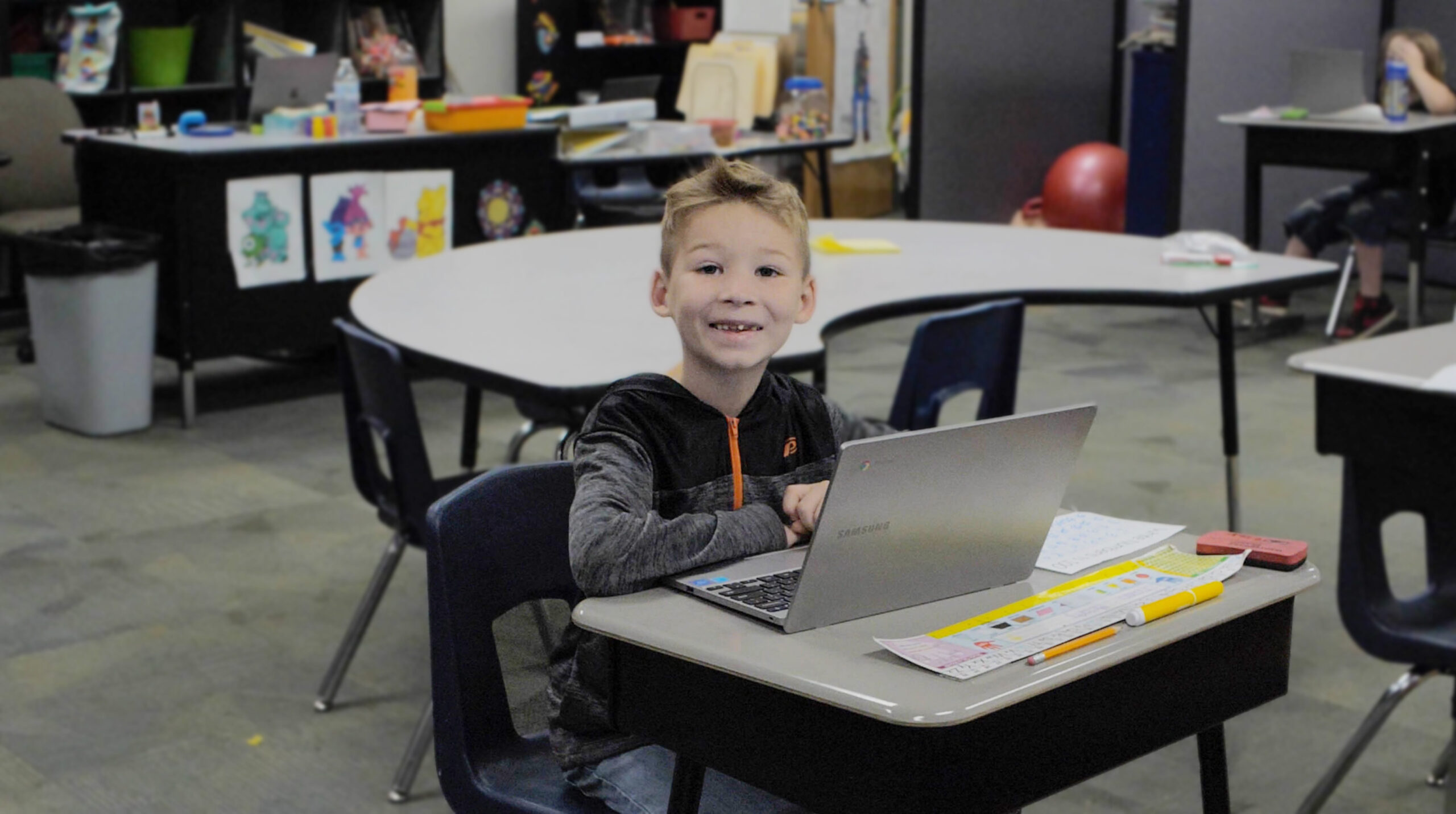The Outcome of your IEP process relies on you…
One of the most important discussions parents can have with their clinical team is about the goals they have for their child as they grow into adulthood. Most parents grapple with finding the time to think about their child’s long-term future when they are facing the daily needs of mealtimes, sleep schedules, or having a successful play-date. However, as tough as this discussion is, it is critically important to start this conversation early because the foundational skills that will enable your child to function well as an adult are taught and acquired during childhood.
A significant part of a child’s development will be determined by their school environment, academic placement, and the academic curriculum that guides their learning. A child’s initial Individual Education Plan (IEP) is critical. This important document will lay the groundwork for the types and level of services that a child will receive throughout their academic years. It is essential that parents put sufficient time and effort into preparing for their first and subsequent IEP meetings.
An Individual Education Plan (IEP) is a legal document that is developed for every child eligible for special education. This plan contains a statement of a child’s present level of functioning in terms of performance, educational needs, goals, levels of service, and measurable outcomes. The first IEP meeting is typically held before a child transitions into preschool or as soon as a child is identified as having a special need and determined eligible for special education services. An IEP meeting can be held at multiple times during the year: after a formal assessment; if a child demonstrates a lack of progress; or if a parent or teacher requests a meeting to develop, review, or revise a child’s current IEP.
There are some important steps that parents should consider when beginning the IEP process. We have outlined some of the most important ones for you here. The following guidelines can help you prepare for your first IEP:
- Understand the IEP Process and Know Your Rights. It is of paramount importance to read up on the IEP process, become familiar with IDEA (Individuals with Disabilities Education Act), and understand your rights as a parent. In addition to studying the law, many parents seek advice from an advocate and network with well-informed parents who have first-hand experience with the IEP process in their school district.
- Make All of Your Requests in Writing. All requests should be made in writing to create a documentation trail that provides a history of the child’s academic needs and requests to the school district (e.g., requests for an IEP meeting, an assessment of any kind, or a classroom placement recommendation). It also allows you to state your requests in your own words. In addition, ask the IEP committee to record these written requests as part of the minutes in an IEP meeting. The IEP committee can accept or deny these requests. If the committee denies the requests, then they must follow the procedural safeguards in IDEA and provide written notice of why they are denying your request. If the request is not documented in writing, the school district is not required to provide the service. (Be Familiar with Prior Notice of the Procedural Safeguards (34 CFR 300.503))
- Obtain Independent Assessments Ahead of Your IEP Meeting. The school team should not be recommending nor denying services without an assessment to evaluate the need for that service and neither should parents. You will want to request, in writing, that your child be assessed before the IEP meeting is held. Ideally, if all the necessary assessments are conducted prior to the IEP meeting, then the recommendations for treatments can be discussed during the IEP meeting. Be sure to request copies of the assessments, progress reports, and proposed goals in advance of the meeting, in order to have ample time to review and be fully informed during the meeting.
- Organize All of Your Records. Parents should have all of their records on hand and easily accessible during IEP meetings. Create a system of storing and updating all information that makes sense to you and that makes it easy for you to find the information you need.
- Observe the Classroom. Ask to observe any classroom where your child is being recommended for placement, so you can better understand if it would be a good fit. If for some reason the school will not let you observe, have a professional who is familiar with your child observe the setting.The law states that the team must start with the Least Restrictive Environment (LRE) which is the general education classroom as the first option and work towards a more restrictive environment only as necessary as needs come up that cannot be met with supports and modifications in the LRE. Therefore, placement should never be decided upon before the child’s goals and objectives are concluded. (see item #7 for Goals and Objectives)
- Formulate a list of Questions before your IEP. In advance of the meeting, prepare a comprehensive list of questions (a very long list is completely appropriate). During the meeting, assign someone on your team to take notes and write down answers to all of your questions. This allows you to focus on the conversation. A tremendous amount of information is exchanged at IEP meetings, and it can be overwhelming to absorb it all.
- Make Sure Goals and Objectives are Progress Oriented. Goals and objectives are one of the most important elements of an IEP. If the goals and objective are not written in a manner that is observable and measurable, one cannot determine if a child is making progress. Without this, the school can claim that a child has made progress without producing actual data to evidence the skills gained. In addition, the goals and objectives will specify what a child needs to learn in that academic year. This is the critical time to think more long-term. Will these goals serve where you want your child to be two years from now? Five years from now? Are they laying the foundation for the necessary skills that your child will need as an adult to live the most independent life he or she can? Get input from members of the team that work with your child before the meeting; ask for their opinion of your child’s progress and needs.
- Be the Host, Not the Guest. Since IEP meetings are held at the school district, parents typically feel like a guest at their child’s IEP. However, since the IEP meeting is about your child, parents can create a more personal atmosphere. For example: by providing snacks, pastries and light refreshments, you can put yourself in the position of host of the IEP meeting. Another idea is to bring a photograph of your child and place it in the center of the table to remind the team who and what the meeting is about- providing services to support this specific child in attaining his or her highest potential.
- Never Go Alone. The support of a family member, uncle, husband, friend, advocate, cannot be overstated. The IEP process can be stressful, tiring, and sometimes overwhelming. Parents often share that having someone else in the room to support them, take notes and offer reassurance makes a huge difference. In some instances, parents obtain professional support from advocates or special education attorneys who specialize in the IEP process.
- Disagree Without Being Disagreeable. Once the team has made their recommendations and concluded the IEP, parents will be asked to sign the IEP document. The IEP document allows for them to sign that they were present at the IEP but that they do not agree at that time with the recommendations. This is a good option to exercise at the end of the meeting. It gives you the opportunity to take the IEP home to review later and have the option to request changes. This can be done in a very respectful way, allowing you time to make the best decisions that are best for your family.As a parent, you are a vital part of your child’s IEP team. You are your child’s best advocate and the person who knows what’s best and most appropriate for him. With the correct information and support you can create a comprehensive and suitable roadmap for your child’s future.
– Michelle Stone, M.S., BCBA. Based on an interview with David Wyles- a Parent’s Guide to the IEP.











